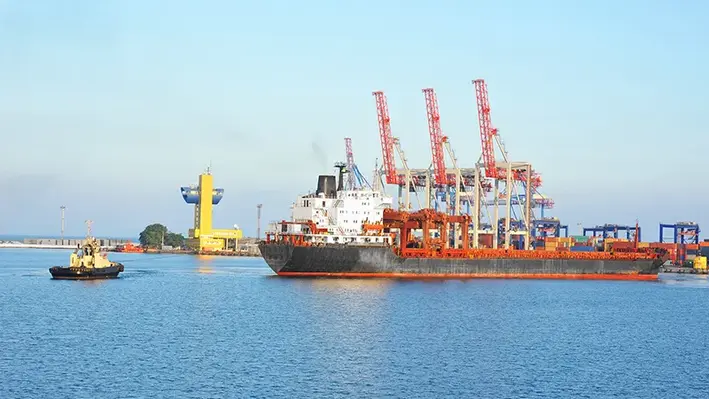
 Astro Offshore, part of the Adani Group, has taken another significant step in expanding its offshore fleet with the en bloc acquisition of five additional DP2 vessels.
Astro Offshore, part of the Adani Group, has taken another significant step in expanding its offshore fleet with the en bloc acquisition of five additional DP2 vessels.
This move increases the company’s total fleet size to 49, including 15 DP2 units, five of which feature diesel-electric technology.
The newly acquired vessels include four platform supply vessels (PSVs), two powered by diesel-electric systems, and one advanced 86-metre multipurpose supply vessel fitted with a 160-tonne crane. This purchase builds on the company’s recent addition of two modern PSVs and further strengthens Astro’s ability to deliver flexible, future-ready solutions across key offshore regions.
Industry observers see the acquisition as a strategic effort to expand Astro’s reach in West Africa while enhancing its operational capacity and geographical flexibility. By investing in diesel-electric vessels, the company underlines its commitment to smarter, cleaner, and more efficient offshore operations. Three of these advanced vessels form part of the latest deal, while two more sister vessels, Sagitta and Sculptor, are expected to join the fleet in the coming weeks.
Mark Humphreys, CEO of Astro Offshore, said,“This latest acquisition further enhances our global presence in the offshore sector and reaffirms our commitment to meeting both the current and future needs of our valued clients. The en-bloc transaction underscores our ambition to operate one of the world’s youngest and most efficient fleets. We are excited to bring this new tonnage into service and look forward to supporting our customers on a truly global scale.”
Astro explains that these acquisitions mark a crucial step in deepening its relationships with end users, offering assets capable of supporting long-term charters with both national and international oil companies. The inclusion of additional PSVs and continued investment in its workboat fleet positions the company to play a more active role in production support and to meet the evolving demands of offshore operators worldwide.
With its strengthened fleet, Astro Offshore continues to align its operations with global energy market needs, focusing on efficiency, reliability, and environmental responsibility.
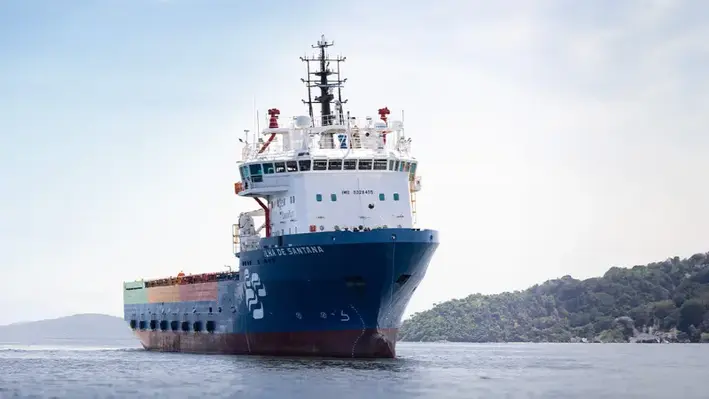
 OceanPact has signed a four-year contract with Petrobras worth R$310mn to charter the Ilha de Santana platform supply vessel.
OceanPact has signed a four-year contract with Petrobras worth R$310mn to charter the Ilha de Santana platform supply vessel.
The ship will be used for logistics and emergency response support for Petrobras along the Brazilian coastline.
Earlier this year OceanPact announced new contracts with Petrobras worth R$650mnto charter three oil spill response vessels to be used in operations off the Brazilian coast to provide emergency readiness in the event of environmental incidents.
Currently, OceanPact has a fleet of 28 vessels made up of oil spill response, ROV support, platform supply, research, multi-purpose support and anchor handling tug supply vessels, as well as othering a largest inventory of offshore emergency response equipment in Latin America.

Woodside has welcomed the Australian Government’s final decision to grant environmental approval for the North West Shelf Project extension.
The operator’s Executive Vice President and Chief Operating Officer Australia, Liz Westcott, said, “This final approval provides certainty for the ongoing operation of the North West Shelf Project, so it can continue to provide reliable energy supplies as it has for more than 40 years.
The Australian Government approval includes conditions that require additional monitoring and management of air emissions to protect the Dampier Archipelago National Heritage Place.
Thus far, the North West Shelf Project has supplied more than 6,000 petajoules of domestic gas, powering homes and industry in western Australia. If used just for household electricity, this is enough to power homes in a city the size of Perth for 175 years.
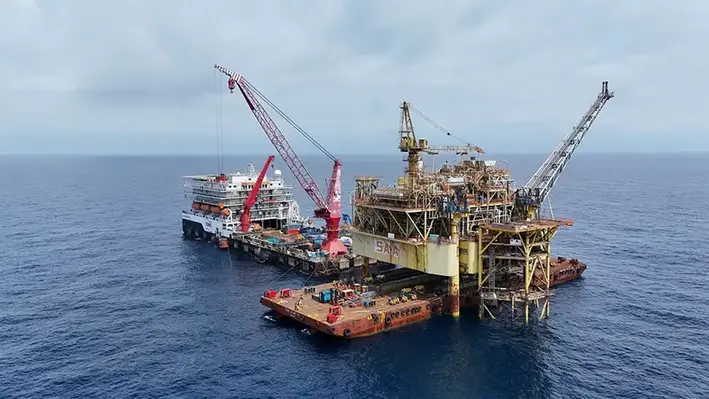
 Heavy lifting giant Sarens has outlined its role in the dismantling of the South Angsi Alpha offshore platform in Malaysia.
Heavy lifting giant Sarens has outlined its role in the dismantling of the South Angsi Alpha offshore platform in Malaysia.
The dismantled platform, weighing around 4,000 tons, is the largest ever dismantled and reused in Malaysia, with part of its structure already located on the seabed, where it will serve as a support for the creation of artificial reefs.
Sarens, working on behalf of Marine Masters, used 16 units of 450/650 ton strand jack combinations to lower the Mobile Offshore Application Barge (MOAB) onto the barge on which the topside was loaded, in what is now the first task of this type carried out by the group’s Asia Pacific (APAC) team.
This was the first time Sarens APAC had worked on a decommissioning task using a strand jack solution, the company noted in a statement, so a significant amount of preliminary study was required to meet all the necessary requirements to meet the safety standards of the process, while ensuring that no downtime occurred.
Located in Block PM 305, approximately130 km from Terengganu, off the coast of West Malaysia, the South Angsi Alpha platform was in service from August 2005 until its closure in September 2019.
The floating storage and offloading vessel was decommissioned almost a year later, in March 2020, while the two-phase wells plugging and abandonment campaign was completed in August 2022.
“Once the main platform had been lowered, the topside, the 13 conductors and their four support legs were separated,” the Sarens statement noted.
“The topside was transported to the coast at the Labuan Shipyard, where the loose elements were unloaded.”
The platform's substructure was then sunk to the seabed, at a depth of approximately 70 metres, where it will now serve as a structure for the creation of artificial reefs.


Petrofac has secured an extension to its contract with ONEgas West, reinforcing its presence in the Southern North Sea market.
The deal, issued on 15 September 2025, continues Petrofac’s long-running service role across ONEgas West’s portfolio, including support for the Clipper South complex, Leman Alpha assets, Bacton Terminal, and OneGas barge operations.
John Pearson, chief operating officer of Petrofac’s Asset Solutions and Energy Transition Projects, noted that the company has supported these assets since 2020, positioning it as an embedded member of the delivery team with the ability to assist in production enhancement and field life extension.
This extension builds on a similar EPC contract awarded in March 2024, when Petrofac won a two-year brownfield EPC extension with ONEgas West, which is operated by NAM and owned by Shell UK. The renewed scope underscores ONEgas West’s confidence in Petrofac’s teams in Great Yarmouth and Aberdeen, valued for their operational knowledge and delivery.
As the industry faces pressures including energy transition goals and tighter regulation, contracts like this become strategic. Supporting key infrastructure such as terminals, complex offshore installations, and barge operations helps ensure continuity of supply and contributes to operational resilience.
For Petrofac, this deal strengthens its standing in one of its primary markets and demonstrates its capability to deliver both maintenance and enhancement in challenging offshore settings.
“Having supported these assets since 2020, Petrofac is embedded within the delivery team and is uniquely placed to support production enhancement and field life extension,” said Pearson.
“The North Sea remains one of Asset Solutions’ core markets and this award demonstrates confidence held in our team and the value they drive. We look forward to continuing this relationship, delivering safe and reliable operations.”
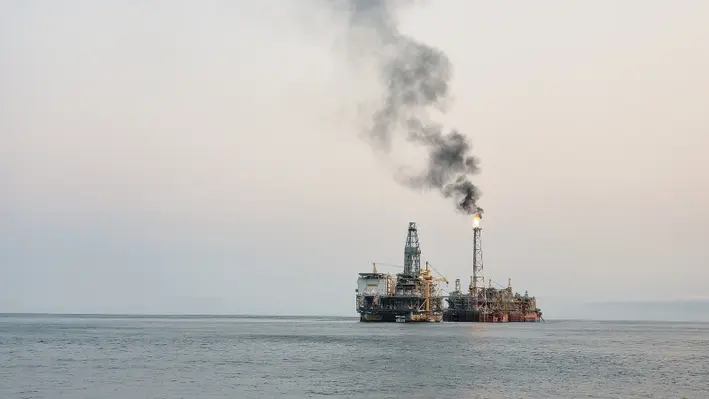

UK's Serica Energy has revised its 2025 production guidance following maintenance challenges and scheduled subsea work on fields tied to the Triton FPSO.
The Triton Floating Production Storage and Offloading (FPSO) vessel is operated by South Korea's Dana Petroleum.
Serica Energy said production guidance has been reduced to between 29,000 and 32,000 barrels of oil equivalent per day (boepd), down from a previous range of 33,000–35,000 boepd.
Operator Dana Petroleum notified Serica of a temporary reduction in output from the Triton FPSO due to a vibration issue within the compression trains.
Production is currently running at a significantly reduced rate but is expected to return to normal levels by the end of September once repairs are completed.
Production net to Serica from the Triton FPSO exceeded 25,000 boepd in August. Once both compressors are operational, output will be boosted further, supported by additional production from the EV02 well on the Evelyn field.
Dana has also scheduled subsea intervention work on the Bittern field for November 2025 to address an emerging infrastructure vulnerability.
Originally expected in 2026, the three-week scope will now halt production not only from Bittern but also from the Evelyn and Gannet fields, temporarily reducing Serica’s output by more than 20,000 boepd.
Despite the setbacks, Serica highlighted that production ramp-ups earlier this year had lifted wider portfolio output to more than 55,000 boepd in mid-August, before the maintenance-related constraints began.
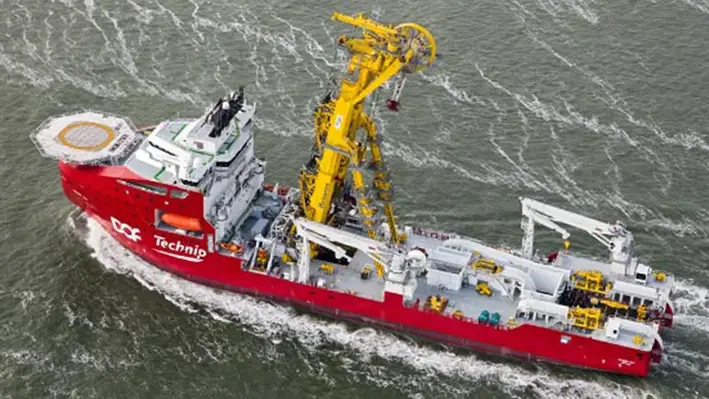
 DOF Group, a Norwegian vessel owner, has secured a new contract in the Asia Pacific (APAC) region for mooring hook-up services.
DOF Group, a Norwegian vessel owner, has secured a new contract in the Asia Pacific (APAC) region for mooring hook-up services.
The contract scope includes DOF’s complete suite of in-house services, such as project management, engineering, procurement, and logistics support. For this project, the Skandi Hercules, a 109.6-meter vessel, will be utilised for mooring and subsea installation services.
Offshore execution is scheduled for the first quarter of 2026, with an estimated vessel utilisation of around four weeks. The total contract value is capped at $15 million, which DOF classifies as a smaller-sized contract.
The Skandi Hercules had previously provided similar services offshore West Australia. In addition to this contract, DOF Group recently announced a long-term commitment in the APAC region. This commitment involves a construction support vessel (CSV) for subsea construction, inspection, repair, and maintenance (IRM), as well as remotely operated vehicle (ROV) services for depths of up to 3,000 metres. The contract, awarded by an international operator, is set to commence in January 2026 for a one-year duration, with options for further extensions.
This new contract reinforces DOF’s growing presence and capabilities in the APAC market.
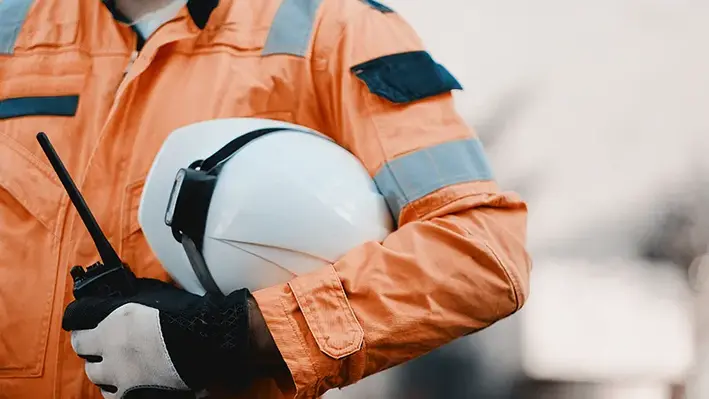
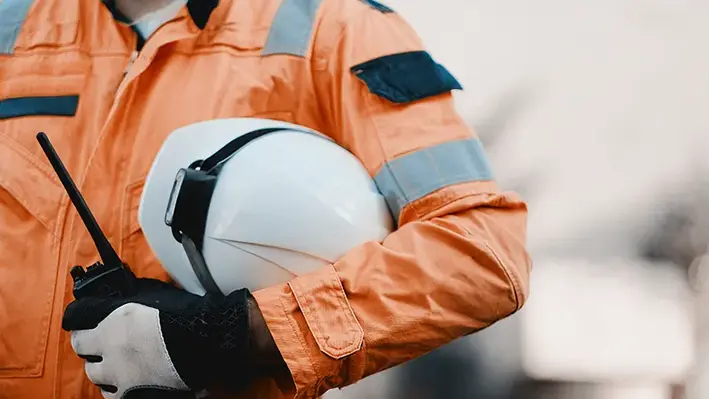 Australia’s Department of Industry Science and Resources has released a request for tender (RFT) on the AusTender platform for a lead contractor to deliver Phase 2 of the Northern Endeavour decommissioning programme.
Australia’s Department of Industry Science and Resources has released a request for tender (RFT) on the AusTender platform for a lead contractor to deliver Phase 2 of the Northern Endeavour decommissioning programme.
Phase 2 of the Northern Endeavour programme includes permanently plugging and abandoning nine wells in the Laminaria and Corallina oil fields in a planned two-stage process.
Stage 1 will involve project management, engineering, logistics, regulatory approval, subcontracting and procurement activities to: design and plan to permanently plug and abandon the wells; develop a Stage Gate Review Pack outlining a pricing model with detailed budget, risk profile and Performance Management Framework; and achieve Registered Operator status and monitor and maintain the Laminaria Corallina oil fields.
Stage 2 will include: permanently plugging and abandoning the wells; project management, engineering, procurement and field monitoring; meeting all regulatory requirements, including a National Offshore Petroleum Safety and Environmental Management Authority (NOPSEMA) approved Safety Case.
The Department intends to hold four industry briefing sessions for interested parties, each covering a different topic of the programme including commercial, technical, regulatory and financial aspects of the RFT.
The briefings are set to begin during the week of 22–26 September 2025.
Closing date for the submission of bids is 1 December 2025.
The flagship Northern Endeavour decommissioning project is already underway amid initial Phase 1 work at the site, which is located in the Timor Sea, approximately 550 km northwest of Darwin, Australia.
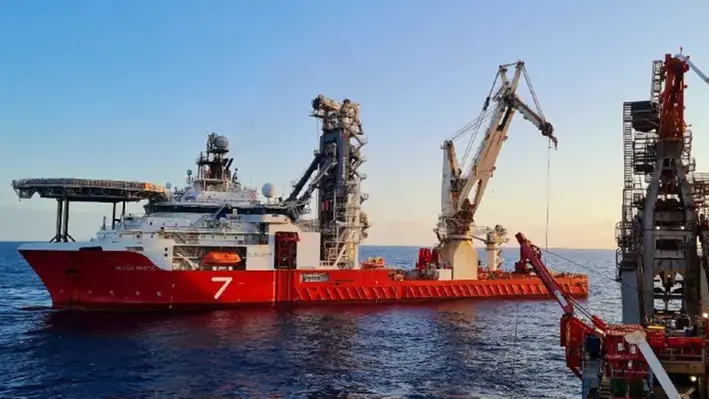
 Subsea7 has confirmed the award of a significant project under its long-term agreement (LTA) with Aramco, targeting offshore infrastructure in Saudi Arabia.
Subsea7 has confirmed the award of a significant project under its long-term agreement (LTA) with Aramco, targeting offshore infrastructure in Saudi Arabia.
The scope of the contract covers engineering, procurement, construction, and installation (EPCI) of 106 kilometres of infield and export pipelines. It also includes modifications to existing topside structures and associated hook-up activities.
Project engineering and management will commence immediately from Subsea7’s offices in Saudi Arabia and the UAE, with offshore execution planned across 2027 and 2028.
David Bertin, Senior Vice President for Subsea7’s Global Projects Centre East, said, “This project marks another important milestone and reinforces our long-term strategic engagement with Aramco. We look forward to working closely with the client to deliver this project safely, efficiently, and to the highest standards.”
This award highlights Subsea7’s continued presence in the Middle East and its strategic alignment with Aramco’s offshore development initiatives. The project strengthens regional operations and demonstrates Subsea7’s capability to deliver complex offshore energy solutions in partnership with key clients.
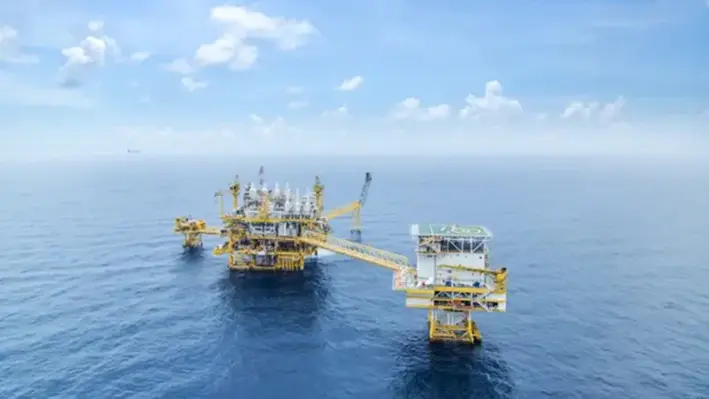
 Reflecting a rise in confidence in Thailand’s offshore drilling and interventions expertise, as well as its keenness to embrace new technologies, PTT Exploration and Production Public Company Limited (PTTEP) has confirmed that it plans to go ahead with the nation’s first Carbon Capture and Storage Project (CCS) project.
Reflecting a rise in confidence in Thailand’s offshore drilling and interventions expertise, as well as its keenness to embrace new technologies, PTT Exploration and Production Public Company Limited (PTTEP) has confirmed that it plans to go ahead with the nation’s first Carbon Capture and Storage Project (CCS) project.
It has reached a final investment decision (FID) on a US$320mn CCS project at the Arthit gas field, paving the way for the technology to play a role in advancing the country’s net zero goal.
The Arthit oil and gas field is an established producing field located in the Gulf of Thailand.
The CCS project will be designed to capture and store up to one million tonnes of carbon dioxide per year, said Montri Rawanchaikul, PTTEP’s CEO, and turns a “vision” into reality.
“PTTEP strives not only to safeguard the country’s energy security but also to reduce greenhouse gas (GHG) emissions,” said Rawanchaikul.
“CCS is an essential technology, both nationally and globally, complementing other clean energy solutions in addressing climate change.”
It marks a strategic step toward applying the technology to reduce GHG emissions, in line with government policy, which recognises the project under the Nationally Determined Contribution (NDC) Action Plan on Mitigation 2021–2030.
“The Arthit CCS Project will serve as a pilot for cultivating expertise and driving CCS adoption in Thailand, including the Eastern CCS Hub in the Northern Gulf of Thailand, which has potential to make material contribution to the country’s net zero target and enhance the nation’s long-term economic competitiveness” added Rawanchaikul.
CCS is regarded as a reverse process of petroleum exploration and production.As natural gas is extracted from underground to provide energy for national development and everyday life, the excess carbon dioxide is captured and safely injected back into its original subsurface reservoirs.
A huge amount of preliminary work has already gone into the Arthit CCS project, from storage site selection with reservoirs at depths of 1,000–2,000 metres, to engineering design, and comprehensive Measurement, Monitoring and Verification (MMV) programmes.
PTTEP intends to leverage existing infrastructure at the field while constructing and installing additional facilities as required.
It hopes that carbon storage operations will commence in 2028, with capacity gradually ramping up to around 1 million tonnes of carbon dioxide per year.
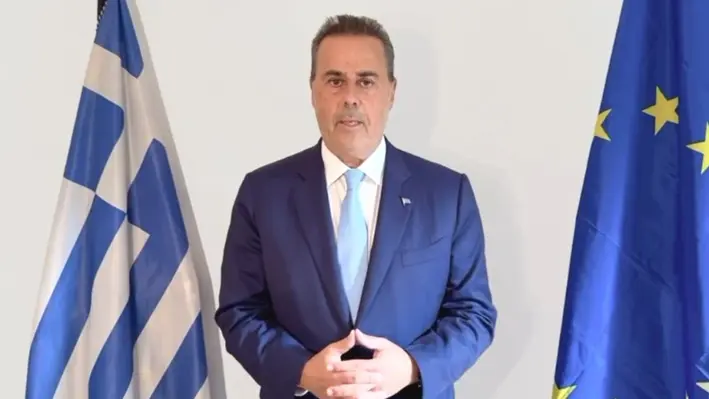

HELLENiQ Energy has confirmed its participation, in partnership with Chevron, in the Call for Tenders issued by the Ministry of Environment & Energy (FEK 2104/30.04.2025) for hydrocarbon exploration and production rights in four offshore blocks located south of the Peloponnese and south of Crete.
The joint offer was formally submitted on 10 September, in line with tender regulations.
This step marks a significant milestone for HELLENiQ Energy as it builds on its existing exploration and production portfolio in Greece, reinforcing the company’s commitment to supporting the country’s energy ambitions and strengthening its upstream activities.
For Chevron, the participation represents a strategic new entry into the Greek energy market, underscoring the international appeal of Greece’s offshore potential.
The partnership between HELLENiQ Energy and Chevron combines deep technical expertise, operational experience, and financial strength, positioning the consortium as a competitive player in unlocking the hydrocarbon resources of the region.
If awarded, the project is expected to contribute to enhancing domestic energy security, diversifying supply sources, and supporting the wider energy transition goals of Greece and the European Union.
Stavros Papastavrou , Greek Minister of Environment and Energy, said on Wednesday, "Today, the Chevron and HELLENiQ Energy consortium announced its participation in the international competition for the 4 offshore blocks south of Crete and the Peloponnese. Thus, a new chapter opens for the exploitation of the underwater energy wealth of our homeland."
"This is a development of Hope and Perspective for our country. Greece, with national self-confidence, is laying solid foundations for its energy self-sufficiency and capitalising on its geopolitical position in the Eastern Mediterranean. The Government of Kyriakos Mitsotakis is fulfilling its duty to our children and future generations, implementing its commitments for a Greece that is energy secure, investment attractive and geopolitically strong. Starting tomorrow, we are moving forward even more decisively, faster, unlocking our country's potential for progress and prosperity for all Greek women and men."
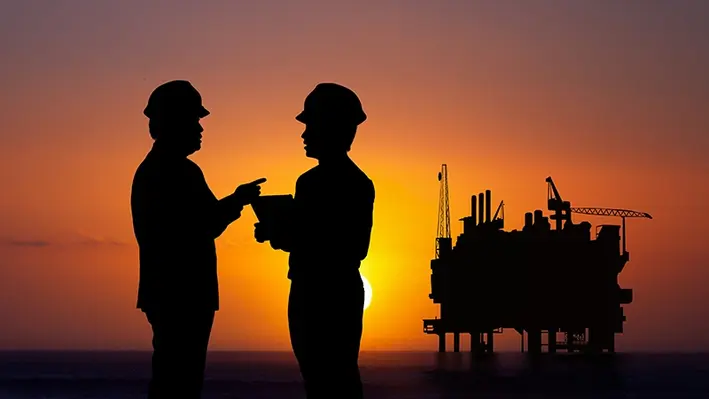
 Well integrity specialist Unity has strengthened its capabilities in the Asia Pacific (APAC) region after securing a new partnership with Clear Cut Interventions (CCI) Australia, a leading provider of well intervention services.
Well integrity specialist Unity has strengthened its capabilities in the Asia Pacific (APAC) region after securing a new partnership with Clear Cut Interventions (CCI) Australia, a leading provider of well intervention services.
The collaboration marks a significant step forward in delivering advanced intervention and well integrity solutions to operators across Australia and also shoring up service and support across the wider APAC region.
“The partnership…reinforces Unity’s long-term commitment to the Asia Pacific region, establishing Perth as its regional hub, and providing a platform for further international growth,” Unity announced in a statement.
“At the same time, it enhances CCI’s already comprehensive suite of end-to-end solutions across the well lifecycle."
Through this partnership, operators will now benefit from the local deployment of Unity’s proprietary Compact Intervention Suite of Tooling, QV range of Wellhead & Christmas Tree products and Thru Tubing solutions, supported by CCI’s established infrastructure, the company noted.
The collaboration also ensures rapid mobilisation and operational assurance without the need to import support from overseas, it added.
CCI is an Australia-based oilfield services provider specialising in Hydraulic Workover (HWO), slickline/wireline, coiled tubing, and onshore drilling services.
“Together we are creating something unique for local operators: the assurance of world-class technology delivered with the speed, agility, and regulatory confidence of an established Australian partner,” said Stuart Slater, Unity’s Technical Sales Director.
By addressing the offshore realities of limited POB, restricted deck space and crane capacity, the partnership will also ensure operators can execute critical well integrity work with greater efficiency, safety and certainty, the statement added.
Limited POB well intervention refers to performing maintenance or restoration on an oil or gas well, but with a restricted number of personnel on-site, often due to platform limitations, safety concerns, or cost-saving measures.
“POB limits, tight decks and de-rated cranes can turn simple interventions into major logistics exercises,” said Dean McTiffen, Managing Director, CCI.
“With Unity’s compact tooling in-country and CCI’s Western Australian team and infrastructure behind it, we’re giving operators a genuinely end-to-end route to safer, faster interventions that fit the real-world constraints offshore.”
Page 10 of 109